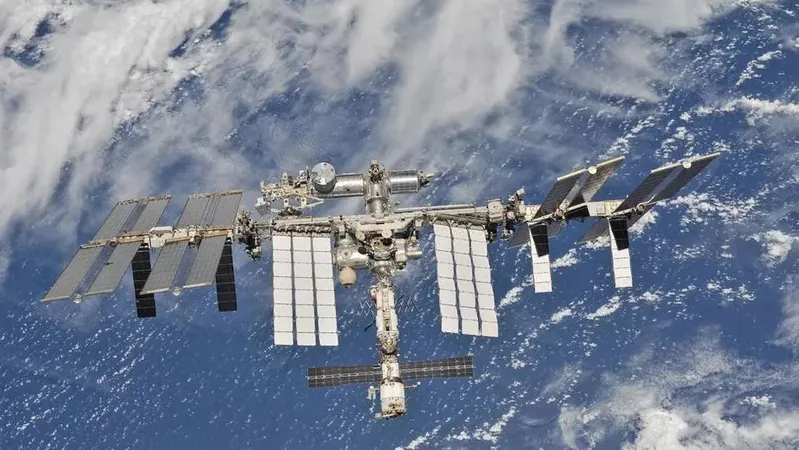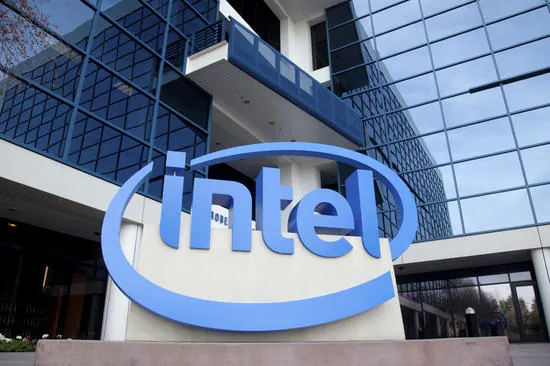
NASA Faces Challenges with Aging ISS and Spacesuit Technology: Is the Future of Spacewalks at Risk?
2024-11-13
Author: Lok
Introduction
NASA is confronting significant challenges as it manages the aging International Space Station (ISS) and the decades-old spacesuits worn by astronauts during spacewalks. Matthew Dominick, the commander of SpaceX's recent Crew-8 mission, underscored the importance of safety amidst these challenges during a press conference held on November 8.
The Aging Equipment Issue
"None of our spacesuits are spring chickens," Dominick quipped, pointing to the age of the equipment as a factor contributing to the recent problems encountered in space operations. The ISS, with components dating back to 1998, is currently grappling with a leak in its Russian module that has been flagged as the top safety concern in a NASA audit released on September 26. Despite these issues, NASA officials are confident in their plans and collaborations with Russian space agency Roscosmos to manage the leak safely.
Aborted Spacewalk
Adding to the complexity of ISS operations, a planned spacewalk on June 24 was aborted after coolant unexpectedly ejected from an umbilical connection on one of the suits worn by astronaut Tracy Dyson. Fortunately, there were no injuries, and the equipment has since been repaired, paving the way for future spacewalks anticipated in 2025.
Historical Context of Spacesuit Issues
The EMU spacesuit, which first took flight during the 1980s space shuttle program, has a history marked by incidents, including a troubling coolant leak that almost jeopardized Italian astronaut Luca Parmitano during a spacewalk in 2013. This history emphasizes the need for ongoing adjustments and heightened safety protocols during extravehicular activities (EVAs). Dominick assured that NASA continually evaluates its procedures, ready to halt operations if any unsafe conditions arise.
Increased Cooperation
The situation surrounding the ISS leak has prompted an increase in communication and cooperation between NASA astronauts and Russian cosmonauts, aided by clear coordination with mission control teams in Houston and Moscow. As a precaution, Russian officials have implemented a closed hatch between the U.S. and Russian segments of the ISS, which, while uncomfortable, ensures crew safety during cargo operations.
Looking Ahead
Dominick remarked, "It's not the most comfortable situation, but it's the best arrangement agreed upon by all the smart people involved." He also emphasized that the current crew on the ISS is well-prepared to handle the challenges at hand, suggesting a resilient spirit among those living and working in low Earth orbit.
Conclusion
As we look ahead, the need for new technologies and upgraded equipment has never been more crucial. With the ISS nearing the end of its operational life and existing suits showing their age, the race is on for NASA and its partners to innovate and invest in the future of human space exploration. Will we see a new generation of spacesuits and advanced space habitats? Only time will tell, but the journey promises to be a fascinating one!


 Brasil (PT)
Brasil (PT)
 Canada (EN)
Canada (EN)
 Chile (ES)
Chile (ES)
 Česko (CS)
Česko (CS)
 대한민국 (KO)
대한민국 (KO)
 España (ES)
España (ES)
 France (FR)
France (FR)
 Hong Kong (EN)
Hong Kong (EN)
 Italia (IT)
Italia (IT)
 日本 (JA)
日本 (JA)
 Magyarország (HU)
Magyarország (HU)
 Norge (NO)
Norge (NO)
 Polska (PL)
Polska (PL)
 Schweiz (DE)
Schweiz (DE)
 Singapore (EN)
Singapore (EN)
 Sverige (SV)
Sverige (SV)
 Suomi (FI)
Suomi (FI)
 Türkiye (TR)
Türkiye (TR)
 الإمارات العربية المتحدة (AR)
الإمارات العربية المتحدة (AR)